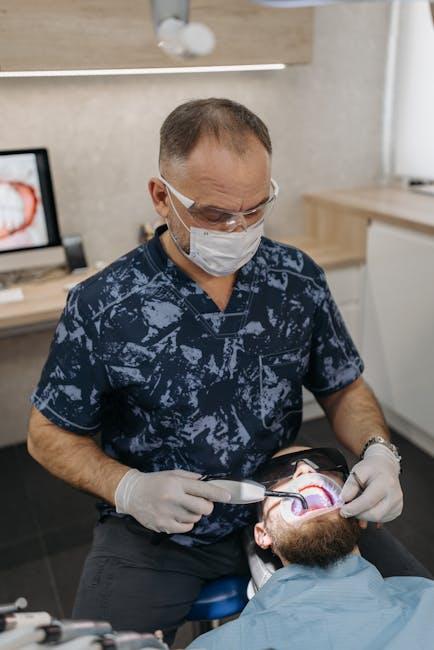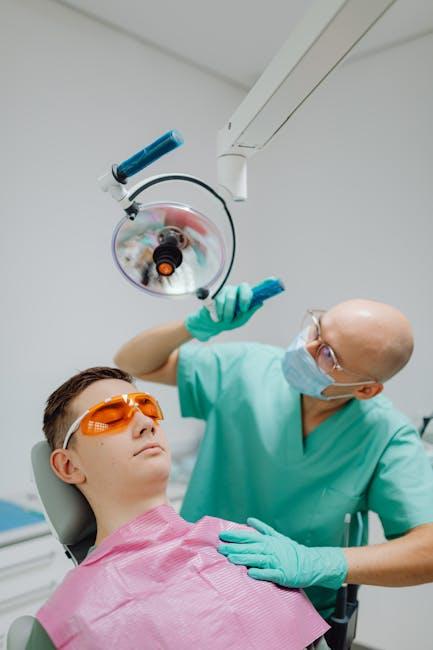
27% of Americans Don’t Have Dental Insurance; ADA Urges Coverage for Preventive Services
Oral health is a vital part of overall health, yet a significant portion of Americans is still without dental insurance. According to recent data, 27% of Americans don’t have dental insurance. This gap in coverage can lead to neglect of preventive dental care, which plays a critical role in maintaining a healthy mouth and preventing costly dental treatments down the road. The American Dental Association (ADA) is advocating for expanded insurance coverage that emphasizes preventive services to combat this growing health concern. In this article, we dive deep into the implications of this coverage gap and the ADA’s proposed strategies to improve oral health for all Americans.
Understanding the Dental Insurance Coverage Gap in America
Dental insurance coverage in the U.S. is markedly different from medical insurance, and unfortunately, it is often less comprehensive and less affordable. The statistic that roughly one out of every four Americans lacks dental insurance highlights a serious public health issue.
| Population Group | Percentage Without Dental Insurance |
|---|---|
| Adults aged 18-64 | 31% |
| Children under 18 | 13% |
| Low-income households | 45% |
These numbers emphasize the urgency in closing the gap, particularly for vulnerable groups such as low-income families and adults in working-age demographics.
Why Preventive Dental Services Matter
Preventive dental care includes routine cleanings, check-ups, fluoride treatments, and early screenings to catch problems before they escalate. Here’s why these services are crucial:
- Lower Long-Term Costs: Prevention reduces the need for expensive restorative treatments like root canals or dental surgeries.
- Improved Overall Health: Poor oral health is linked to chronic diseases such as diabetes, heart disease, and stroke.
- Enhanced Quality of Life: Healthy teeth and gums support confidence, clear speech, and proper nutrition.
Unfortunately, many insurance plans limit or exclude coverage for preventive dental care, which deters insurance providers from making these services affordable and accessible for all.
The ADA’s Call for Expanded Preventive Coverage
The American Dental Association has been proactive in urging policymakers and insurance companies to make preventive dental services a mandatory covered benefit in all dental insurance plans. Their recommendations include:
- Ensuring coverage for routine exams, cleanings, and X-rays without copays or deductibles.
- Incorporating fluoride treatments and sealants for children as standard coverage.
- Expanding public dental insurance programs like Medicaid to fully cover preventive dental care for adults.
- Raising awareness among employers about the importance of offering dental plans with comprehensive preventive benefits.
Benefits of Comprehensive Dental Insurance Coverage
When dental insurance includes preventive care, the benefits ripple through individuals, healthcare providers, and society at large.
| Benefit | Description |
|---|---|
| Improved Patient Health | Regular dental visits reduce cavities and gum disease, improving overall wellness. |
| Cost Savings | Early detection and treatment avoid costly emergency dental procedures. |
| Reduced Health Disparities | Equitable access to preventive care helps marginalized communities. |
| Less Strain on Medical System | Preventing oral infections reduces hospital visits and chronic disease complications. |
Practical Tips to Navigate Dental Care Without Insurance
If you’re among the 27% of Americans currently without dental insurance, here are some actionable steps to help you maintain oral health without breaking the bank:
- Look for Community Health Clinics: Many offer low-cost or sliding-scale dental services.
- Consider Discount Dental Plans: These are membership-based plans that offer reduced fees on dental treatments.
- Prioritize Preventive Measures at Home: Brush twice daily, floss, and limit sugary foods and drinks to reduce dental risks.
- Ask Dentists About Payment Plans: Some dental offices provide financing options for necessary treatments.
Firsthand Experience: A Patient’s Perspective
“For years I avoided the dentist because I didn’t have insurance, and the out-of-pocket costs were daunting. When I finally saw a dentist at a community clinic, they emphasized preventive care and helped me with affordable treatment options. This experience changed my outlook—I now understand how regular cleanings and exams save money and prevent pain down the line.” – Sarah T., Chicago
Case Study: States Expanding Preventive Dental Coverage
Several states have begun expanding dental coverage under Medicaid to include comprehensive preventive services. For example:
| State | Preventive Services Covered | Impact |
|---|---|---|
| California | Exams, cleanings, fluoride varnish, sealants | Increased preventive visits by 20% in adults |
| New York | Expanded pediatric preventive care, including early screenings | Reduction in cavities among children by 15% |
| Massachusetts | Comprehensive adult preventive care with no copays | Lower emergency dental hospital visits by 12% |
Conclusion
The fact that 27% of Americans lack dental insurance underscores a significant health disparity that affects millions nationwide. The American Dental Association’s push for expanded coverage focusing on preventive dental services is a crucial step in bridging this gap. By prioritizing prevention, we can reduce dental disease burden, lower healthcare costs, and improve the overall health of the population.
Whether you have dental insurance or not, adopting preventive oral health practices is essential. And, if you do have coverage, make sure your plan includes routine dental care that keeps your smile healthy. The movement toward inclusive dental benefits is gaining momentum — and with continued advocacy, better oral health for all Americans is within reach.


